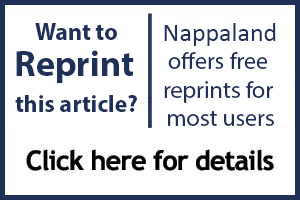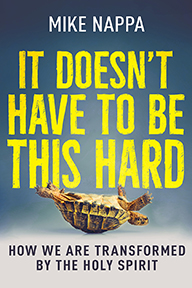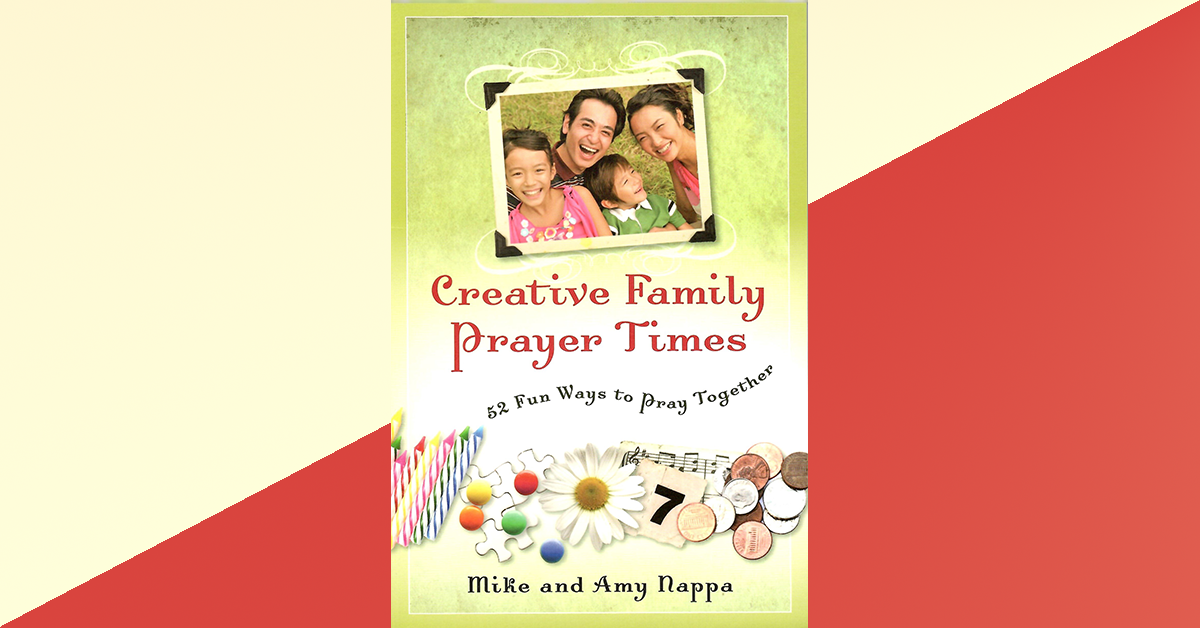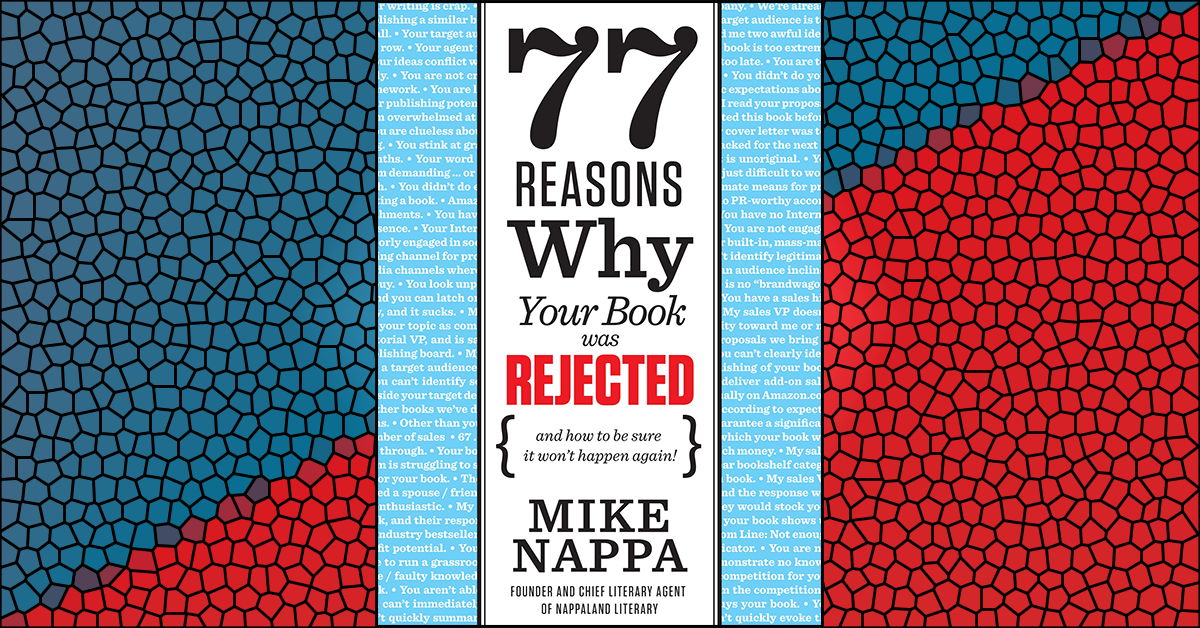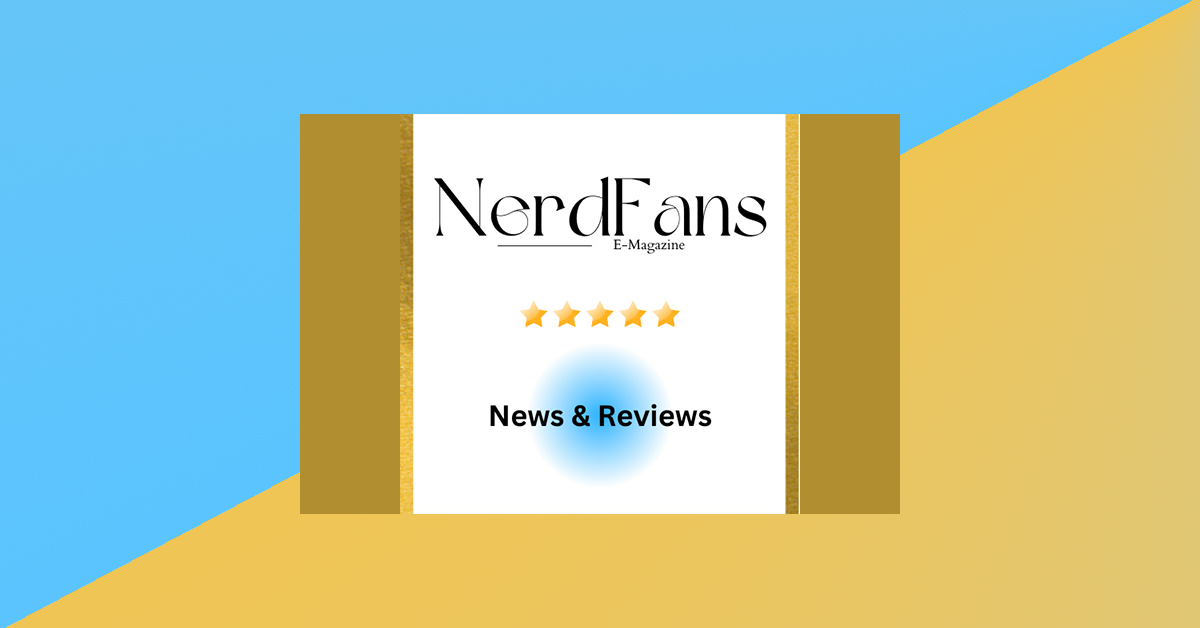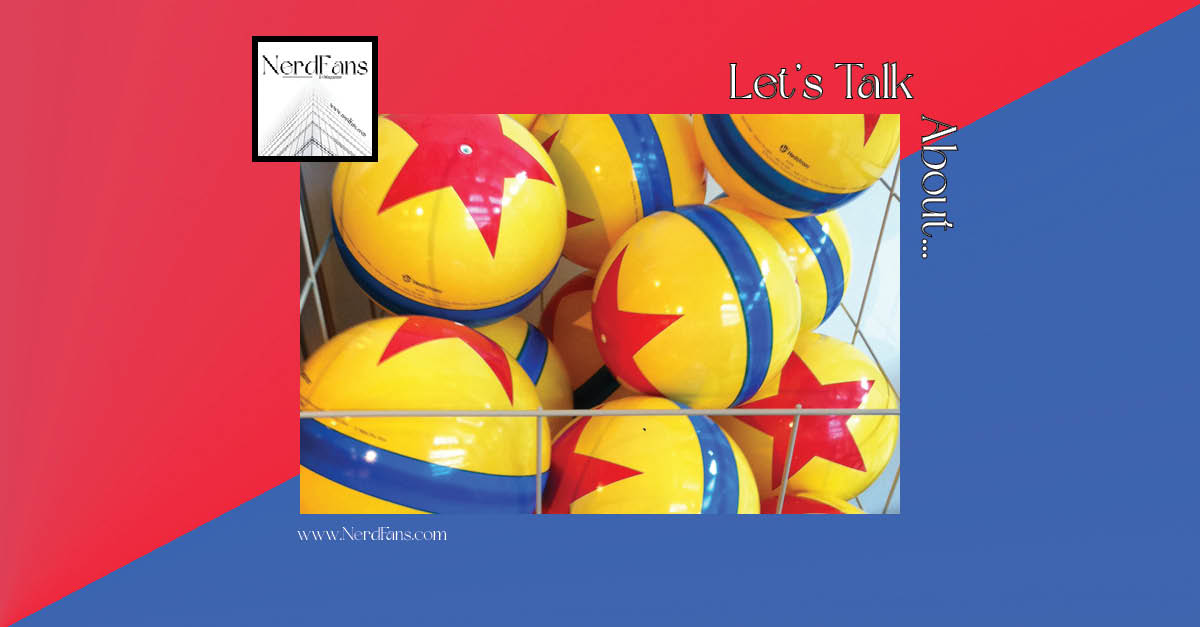A Sales Team reason for rejection
Were you around back in 1999 when that whole “Y2K Virus!” end-of-the-world nonsense dominated everything?
There were disaster novels and tech manuals and business books and more. That was a classic example of a “brandwagon”—an overarching topic of interest to a broadly-based audience, with multiple avenues for exploitation in product offerings. If your book connects to a current brandwagon, sales folks like that. If it doesn’t have a brandwagon to ride on, that doesn’t guarantee rejection…but it doesn’t help sway salespeople in your favor either.
Think about it. When the Lord of the Rings trilogy was in theatres and the Harry Potter books were selling millions, there was a sudden glut of new fantasy authors and books that crowded bookstore shelves. Some of these copycats were great (the Percy Jackson series comes to mind), others—not so much. After 9/11, any book having to do with Osama Bin Laden or terrorism in general was suddenly a must-read. Then there was The Da Vinci code, which spawned a cottage industry in Da Vinci Code response books. Then The Purpose-Driven Life took over, and suddenly everything was some kind of “driven” (I particularly liked the title for women, The Purse-Driven Life). Then the Twilight saga took over and the world was full of undead people talking about their feelings. Then…well, you get the idea.
The lesson here is finding a hot topic and latching onto it with an associated book in time enough to profit from the fad before it fades. If (as we noted in Reason for Rejection #54) you have the obvious bad luck of not being a celebrity, being able to brandwagon on an existing trend early in its development is a nice substitute. Why? Because the brandwagon fills the void left by your lack of an author brand name. Instead of celebrity, all you need is expertise or relevant association to the fad.
If, for instance, vampires are what readers are craving and you happen to be an authority on Vlad the Impaler, then your expertise might possibly be enough to cash in on the trend. Does it always work like this? No, of course not. But it does happen often enough that salespeople will definitely give a brandwagon book a second look.
I remember one time a certain book on prayer was dominating bestseller lists for an extended period of time. I was also writing a book about prayer, so I suggested to my editor that maybe we should change the title of my book to take advantage of the brandwagon effect. My publisher agreed and we were on our way.
Several months later news came out that two other publishers were also releasing books on prayer—with titles that were exactly the same as mine. And all were hitting bookstores within one month of each other. I panicked and asked to change the title of my book back to its original. Fortunately, my publisher disagreed. When the books came out, all three (mine included) hit industry bestseller lists. Brandwagon had carried the day—and that’s why salespeople are often swayed by a brandwagon appeal.
Of course, the flip side of that equation is also true. If I’ve got a Sales VP whose done homework in the market, he or she knows what kinds of trends are making money. If that Sales VP is looking to cash in on some currently popular trend, and your book doesn’t fit into any brandwagon opportunity, then that gives him or her yet another reason to reject your book. “Nobody’s interested in this stuff,” that VP will say, “what they really want are unicorns that talk about their feelings…”
Tough break, but that’s the way it happens sometimes.
What You Can Do About It
1. Be a trend-watcher.
Pop culture defines America today the way a military culture defined ancient Rome or an agrarian culture defined the South during the Civil War. In ancient Rome, everybody knew what a soldier looked like. During the Civil War, every southerner could talk comfortably about what it took to grow tobacco or cotton. And today, every American knows what happens on TV, in the movie theatres, and to some extent, with the songs that are on the radio.
So pay attention to entertainment trends. Be on the lookout for big movie releases on the horizon. Read a variety of bestseller lists to try and spot topical trends that have real staying power. Listen at your work to discover which TV shows people keep talking about. Basically, become a trend-watcher until your reach a point where you can predict the next big thing—and write a book to take advantage of the brandwagon opportunities that come with it.
2. Learn how to spot gaps.
Of course, it’s not enough simply to spot a trend and then try to pile on with another book on that topic. In order to effectively brandwagon a book, yours has to be
a) somehow associated with the trend,
and
b) completely different from anything else associated with the trend.
Yes, it’s a delicate line to tread, but if you do it well you can be very successful—and make your proposal something a sales team can’t wait to get their hands on.
So learn how to spot gaps in the trend. Find those areas that are not yet being exploited, yet still fall within the scope of the popular theme. Be creative with that, and have fun. When you find that opening that no one else has yet to see, pounce on it as fast as you can.
An example: A few years ago I was acquiring non-fiction for a religious publisher., Everyone in the office kept talking about Jack Bauer and the TV show, 24. So I contacted one of my favorite authors and said, “Hey, what can you do that stays within copyright restrictions but also takes advantage of the popularity of 24?” He came back to me with an idea for a book of short Bible studies inspired by season 1 of the TV show. No one had thought of studying the Bible by the light of the TV screen, or in the suspenseful shadow of Jack Bauer. The result? We published, and that book hit the Top 50 bestseller list for the Christian publishing industry.
3. Be more than a copycat artist.
Here’s one important caveat about trying to brandwagon your way to success: No copycats.
There’s a difference between identifying a trend, spotting a gap in the market associated with that trend, and filling it with a related, but a truly original book product. If you don’t know that difference, then don’t try to brandwagon. At no time should anyone be able to say that yours is simply a “copycat” of someone else’s work. That’s both unappealing and possibly illegal as a violation of copyright protections.
For instance, at the beginning of the 21st century, the world already had Harry Potter. We didn’t need (or want) “Henry Powers, Wizard Boy.” But Percy Jackson, son of the Olympian god Poseidon? Well, him we couldn’t wait to meet—and the rest was history (or mythstory…or, you get the idea!). So even though you are riding the coattails of some other trend, make sure you avoid the temptation to copycat that trend. Again, it’s a fine line…but one that could mean the difference between a publishing contract and just another rejection letter to add to your growing collection.
Looking for more? Check out these links:


